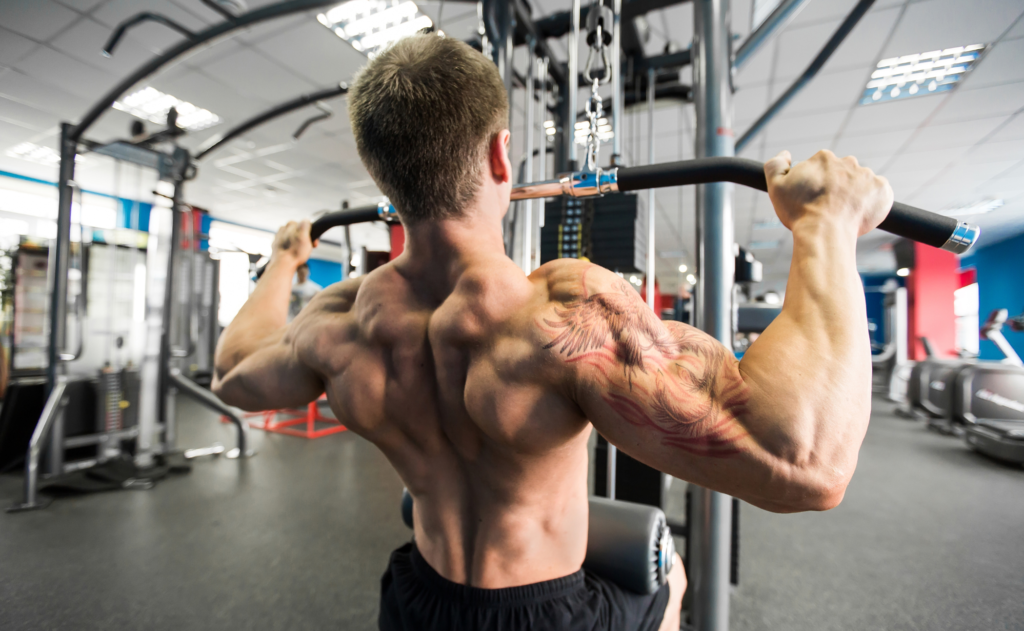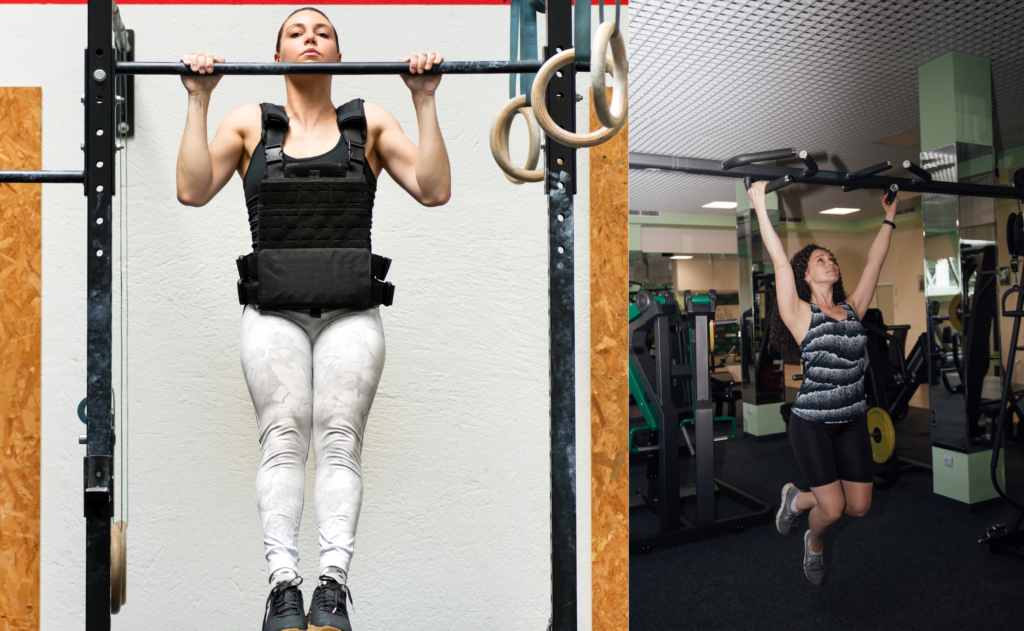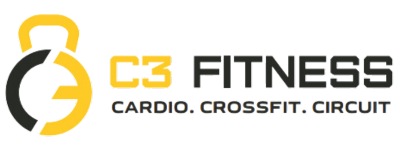By admin
- October 26, 2024
- Body Building, Chest Workout, Family Fitness, Fitness, Lateral Raise, Lats, Shoulder workout, Weight Loss
- 818 Views
Introduction
A common piece of equipment in gyms, the pull-up bar is well-known for increasing upper body strength, stamina, and muscle development. Pull-up bars are a useful tool for bodyweight and functional training since they aid in the development of muscles in the back, arms, shoulders, and core. Pull-ups can be adapted for both novice and expert athletes. While more experienced users might add weight or employ variations to make it harder, beginners can use resistance bands or an assisted pull-up machine.
Advantages of Pull-Up Bar
- Pull-ups make the back appear wider by targeting the latissimus dorsi, or lats. It creates a powerful and well-balanced upper body by activating the biceps, forearms, shoulders, and upper back muscles.
- Good for increasing grip strength, which is necessary for lifting and hauling tasks. The core muscles, which stabilize the body while you pull yourself up, are used in the pull-up.
- L-sit pull-ups and leg lifts are examples of advanced exercises that further improve core stability and strength.

Tips for Effective Pull-Up Bar Training
- Start with Assisted Pull-Ups: If you’ve never done a pull-up before, start with an assisted machine or a resistance band until you can perform one with total control and range.
- Pay Attention to Form To prevent damage, maintain an engaged core, refrain from swinging, and lower yourself carefully.
- Utilize Your Whole Range of Motion: At the end of each rep, try to completely extend your arms and raise your chin above the bar.
- Develop Your Grip Power: Use wrist straps or practice dead hangs if your grip strength is a problem.
- Include a Variety of Grips and Variations: This works a variety of muscles, enhancing the development of the upper body generally and avoiding overuse issues.
- Include Progressions to Increase Strength: Experiment with weighted pull-ups or boost the reps and sets.

Common Pull-Up Variations
Pull-Up Standard (Overhand Grip): Target muscles include the biceps, upper back, and lats.
How to Do It: Hold your hands shoulder-width apart in an overhand grasp. Slowly lower after pulling up until your chin is above the bar.
Chin-Up (Underhand Grip): Lower lats and biceps are the target muscles.
How to Do It: Hold your hands shoulder-width apart in an underhand grip. Pull up while concentrating on using your biceps.
Pull-ups with a (Neutral grip): Target the lats, biceps, and forearms.
How To: To ease shoulder and wrist strain, grab parallel handles (if present) and pull yourself up.

Conclusion
Any fitness level can benefit from the pull-up bar’s many progressions and variations, making it a great tool for developing upper body strength, endurance, and core stability. It is an essential piece of equipment for an effective, well-rounded exercise program. By enabling a complete range of motion, regular use of a pull-up bar can assist increase shoulder mobility.
By strengthening and stretching the shoulder muscles, the overhead grasp increases joint flexibility and stability.


